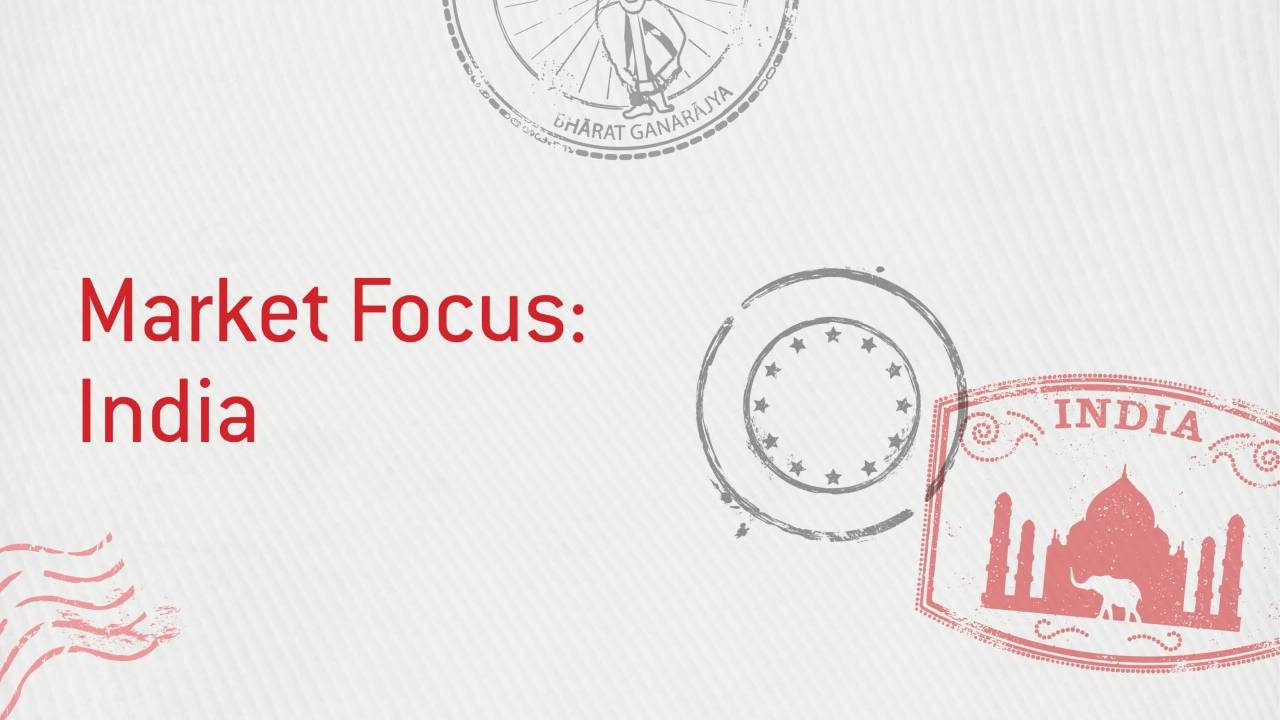India market: growing under pressure
Although not without its challenges, 2022 marked a fresh start and growth for the Indian label industry

The Indian label industry faced several challenges during the Covid-19 pandemic.
The supply chain and logistics industry was under heavy pressure due to travel limitations and a shortage of resources. The hit on the logistics industry impacted the supply of raw materials.
The prices of paper, chemicals, adhesives, metal and other products shot up significantly. The Finnish paper mill strike also impacted the availability of labelstock in India.
Subsequently, margins thinned for Indian label converters. Though value chains remain under cost pressure, with mitigating measures taken by governments across geographies, a cooldown of prices is visible and further reduction is expected. Despite the difficulties, the Indian label industry found steady ground in 2022.
New trends emerging
Harveer Sahni, chairman of Weldon Celloplast, says that once the after-effects of the pandemic tapered off, the Indian label industry exhibited its resilience in full measure.
Printers were back to work. Investments in label presses were being made. A new trend emerged – faith in Indian label presses reached new levels.
‘While the top-end printing companies still opted for international brands, the middle or upper middle segment reported a fair amount of installations of Indian-made label presses,’ says Sahni.
He continues: ‘The Indian press manufacturers have been turning out better quality equipment. The market has shown definite signs of boisterous growth despite margins being under pressure. Flexo printing continues to be the predominant technology but digital is picking up fast and installations are being reported.’ The trend was also observed during Labelexpo India 2022, which made a return to the region.
‘The industry gave a definite thumbs up to physical exhibitions as it returned to shows in substantial numbers, specially Labelexpo India 2022. Surprisingly, except for one Chinese flexo press, there were no other international brand presses displayed live in the show. The Indian press manufacturers reported multiple sales. The number of labelstock manufacturers in India has grown and are exhibiting at Labelexpo in bigger numbers - another indication of the positive growth of India’s label industry,’ Sahni says.

Quality gains momentum Labels and flexible packaging were one of the few print segments to show growth during the pandemic, particularly with the rise in e-commerce and the need for high-quality packaged food.
Pankaj Poddar, group CEO, Cosmo First, adds: ‘Despite disruptions due to the pandemic, the overall demand for flexible packaging and the label industry increased because of the burgeoning need for packaged goods and personal hygiene products for home consumption.
There was a spurt in the demand for labels used for disinfectants and sanitizers while the labels used for the beverage industry registered a decline. After lockdown restrictions were lifted, the industry bounced back quickly.
With businesses having resumed regular operations, most brand owners are recording higher demand for niche labeling products such as touchless transactions, smart labels and social distancing labels.’
New brand owners are demanding high-quality innovative packaging to compete with established brands. The need for quality products has contributed to the recovery and growth of the label industry in the post-pandemic period.
Factors including high economic growth in emerging economies, increasing disposable incomes and rising health consciousness are driving demand for packaged food and beverage items. In turn, this has increased the need for printed labels and technological improvements to create unique, top-quality labels.
Bhaumik Mehta, director, Flueron Inks, says: ‘Flexible printing has seen robust growth in India in the past year. Despite the challenges in the early part of 2022 including paper shortages, and material unavailability, the industry bounced back well. Customization of packaging or labels has been in demand. Consumers are getting sophisticated in their demands from brands. Embellishments on product packaging, the use of AR/VR and more importantly sustainable package design are highlighted throughout product campaigns and packaging.’
Rahul Kapur, director, J K Labels comments that 2022 saw a large number of new startup companies in sectors such as food, beverage and personal care.
The biggest dissimilarity between the new startups from the age-old businesses is the curiosity for learning. The new generation firms are keen on understanding product options, applications and benefits.
Brand owners’ priority has refreshingly shifted from product price points to new product offerings and brainstorming new ideas, he mentions.
Brands are also driving innovation in the Indian label industry.
For instance, as the need for serialization and extended attributes grows, along with demands for item-specific information, the encoding of variable data will continue to grow, Poddar says.
Machine-readable marking incorporating elements such as augmented reality and the Internet of Things (IoT) will also grow. Sustainability continues to hold center stage.
For the labeling industry, this means building sustainable and biodegradable labels using recyclable materials.
Poddar points out that the Plastic Waste Management (Second Amendment) Rules, 2022, published by the Central Government, include new recommendations for creating a circular economy.
Stay up to date
Subscribe to the free Label News newsletter and receive the latest content every week. We'll never share your email address.


